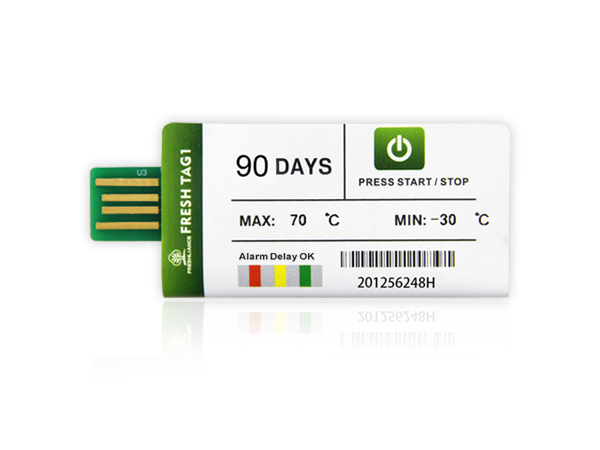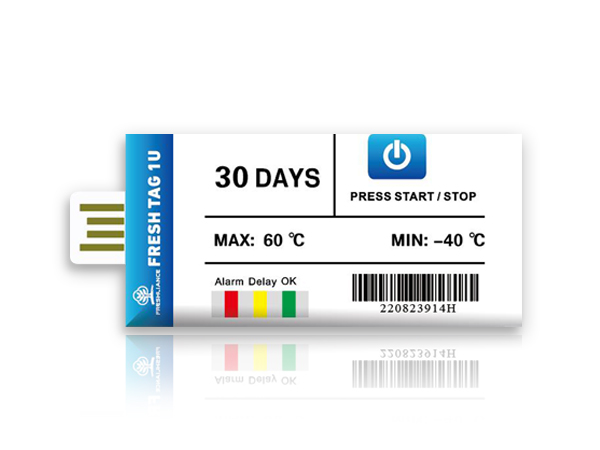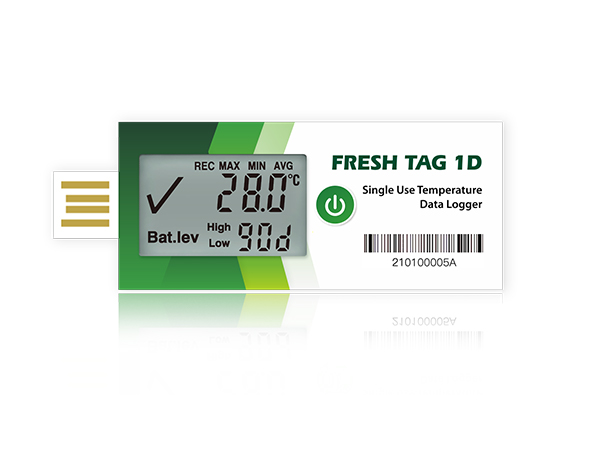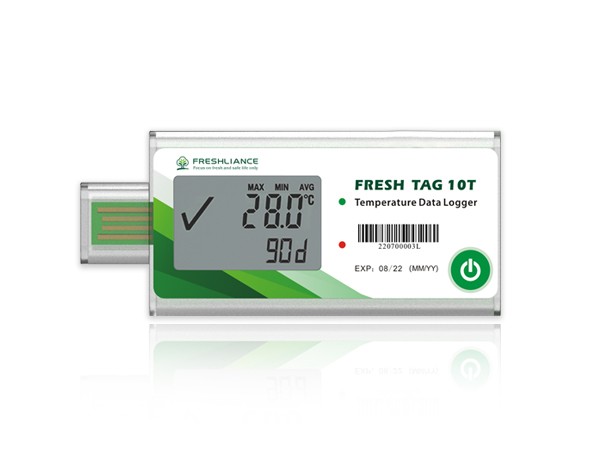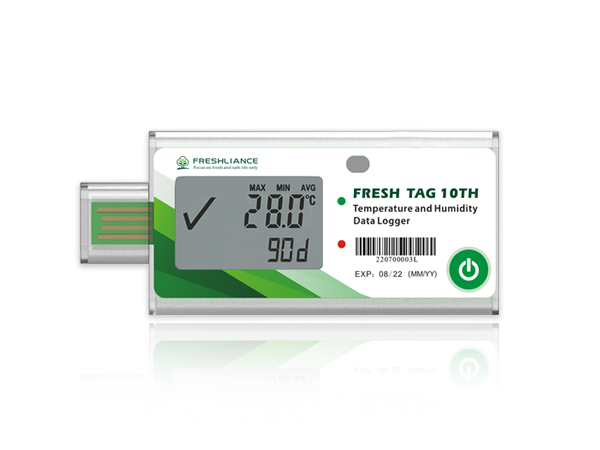Measuring, monitoring and analyzing temperature data offers the opportunity to better control cold chain logistics. Every year, losses of heat-sensitive products result in colossal financial costs. Reducing risks means limiting costs.
Reading and interpreting data are essential elements of cold chain management. 75% of food waste occurs during production and distribution, reflecting a significant lack of communication and supervision by the parties concerned. This is why official bodies, such as the EFSA (European Food Security Agency) and the FDA (US Food and Drug Agency), oversee the in-depth collection and analysis of electronic data. The best-known standard is described in Part 11 of Title 21 of the Code of Federal Regulations (CFR) - better known as 21 CFR Part 11.
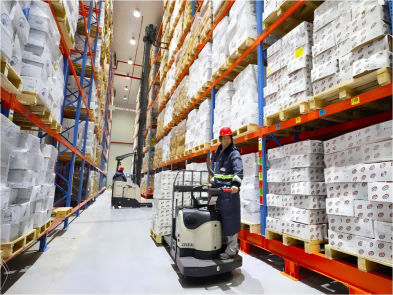
As a general rule, it is recommended that all suppliers in the food industry regularly inspect the facilities of their distributors and wholesalers to ensure that they can produce the information required for complete cold chain monitoring.
Here are a few factors to consider during such an inspection:
Ø Assainissement
Ø Antiparasitaire
Ø Procédures standard operating procedures (SOPs)
Ø Température
Ø Sécurité
Another major challenge for the cold chain is goods monitoring. For a long time, the lack of suitable solutions made it difficult to continuously monitor the condition of a product during transport.
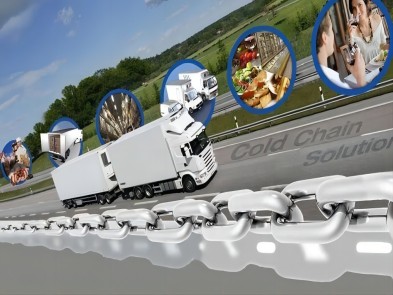
With the evolution of wireless technologies, and in particular the emergence of the Internet of Things, it is now possible to monitor the temperature of a shipment throughout the supply chain. Bluetooth temperature recorders, for example, can provide continuous updates to drivers, via a smartphone or tablet installed in the driver's cab. Remote consultation, from anywhere in the world, is even possible thanks to automatic data transmission to the Cloud. Alerts, meanwhile, are transmitted in real time, enabling immediate reaction in the event of temperature excursions.
The technology also simplifies and optimizes the monitoring of cold chain storage facilities. New temperature-controlled warehouses, for example, feature self-contained refrigeration units that offer enhanced energy efficiency and virtually zero water requirements. Wireless technology, and the Internet of Things in particular, is also enabling the deployment of temperature monitoring solutions that are as effective as they are economical.
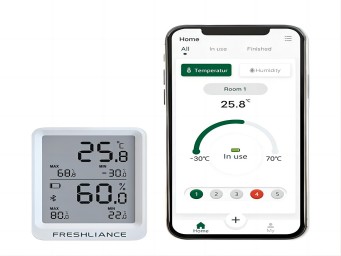
Blue Tag TH20 is an intelligent Bluetooth HACCP temperature and humidity data logger based on Bluetooth communication technology. This Bluetooth temperature data logger offers a temperature range from -30°C to +70°C. It comes with up to 65,000 measurement values with real temperature and humidity display. This HACCP temperature sensor is commonly used in a variety of industries to monitor ambient temperature.
With the Bluetooth application supplied by our company, you can quickly and precisely adjust the various product parameters. The Bluetooth connection via app allows you to read temperature data via your phone's app. The Bluetooth temperature monitor is CE, CE-RED certified and complies with EN12830 for the transport, storage and distribution of foodstuffs.

 English
English Español
Español Русский
Русский Français
Français Deutsch
Deutsch عربي
عربي 中文
中文